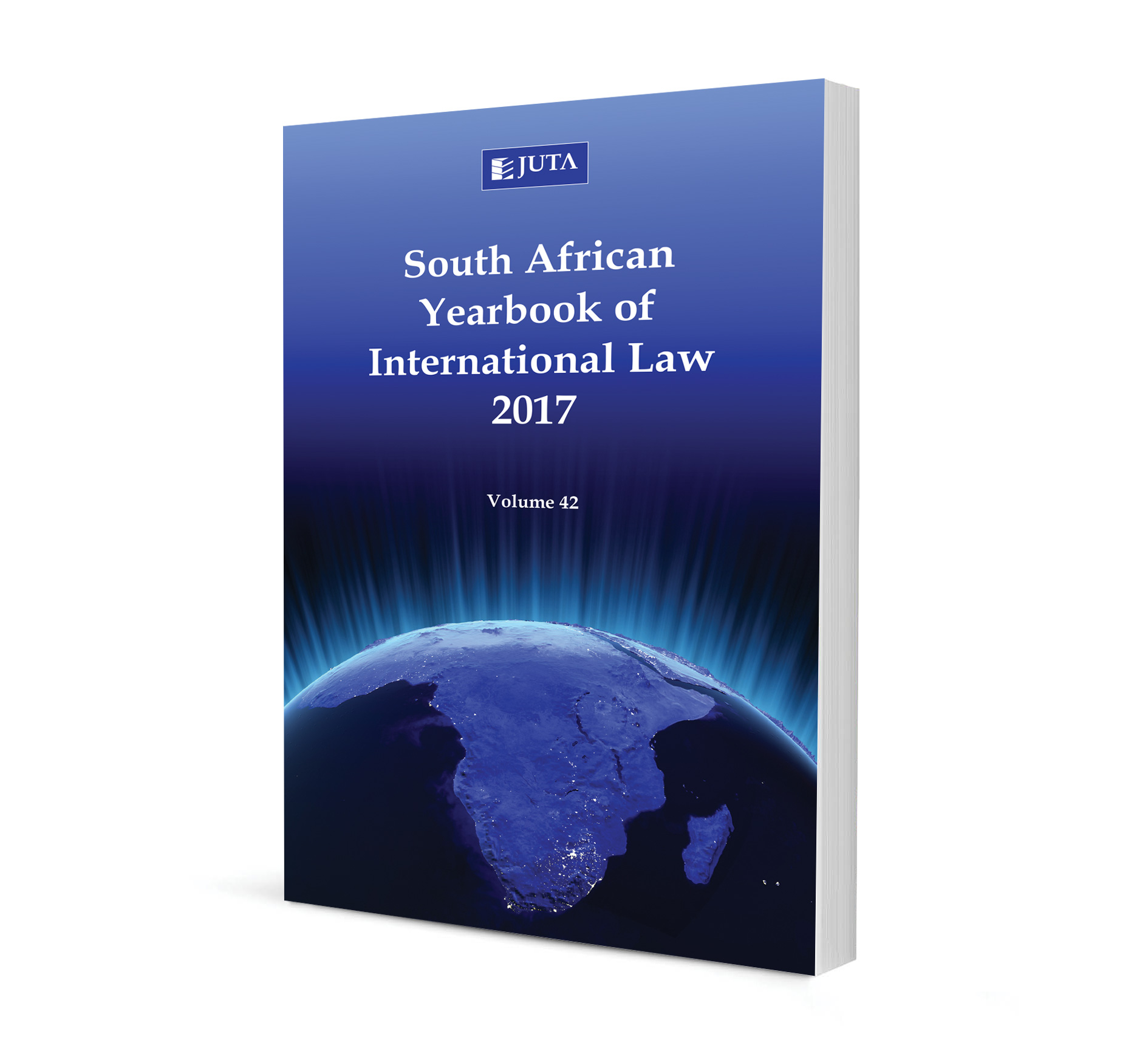
A New Era for International Criminal Law: Rethinking the Definitions of Crimes against Humanity and Genocide through the Scope of its Evolution as an Outgrowth of War Crimes
Authors Mispa Roux
ISSN: 2521-2583
Affiliations: Senior Lecturer, Faculty of Law, University of Johannesburg. Deputy Director, South African Institute for Advanced Constitutional, Public, Human Rights and International Law.
Source: South African Yearbook of International Law, 2017, p. 80 – 118
Abstract
Genocide and crimes against humanity were at first considered an outgrowth of war crimes, the latter being the only category of crime accepted as having an international character before the twentieth century. The international community has for centuries been concerned with the outlawing of certain acts during armed conflict, and exhibited the intention to hold the perpetrators of these acts accountable. The establishment of genocide and crimes against humanity as independent international crimes was a gradual process that spread over several centuries, and history shows that war crimes formed the basis for both these crimes. All three international crimes overlap in many ways: certain acts that amount to crimes against humanity constitute war crimes, and certain war crimes are also crimes against humanity. By the same token, genocide can amount to a war crime, and certain war crimes may constitute genocide. Genocide was initially conceptualised as a crime against humanity, and persecution as a crime against humanity specifically belongs to the same genus as genocide. All three crimes therefore inform the others, with war crimes being pivotal to the gradual process during which genocide and crimes against humanity became autonomous international crimes. The following article will firstly furnish an historical background to the development of international criminal law in order to illustrate the fundamental role played by war crimes in the development of the international crimes of genocide and crimes against humanity. Secondly, the article will identify certain overlapping characteristics that the three crimes have. Finally, the historical origins of the crimes, together with the significant overlaps, will be used to further the argument that a new era has dawned in international criminal law which necessitates the rethinking and reinterpretation of existing law to suit the needs of current realities.